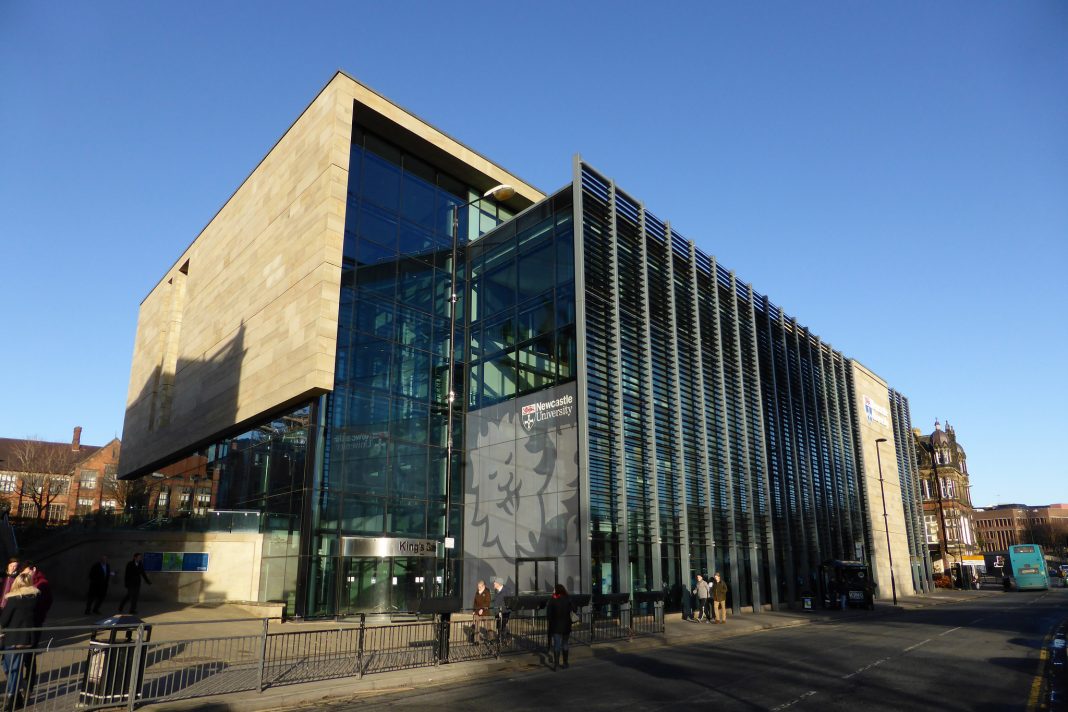Amputees could soon be helped by a new type of prosthetic hand that will allow them to reach for objects without thinking first.
The robotic hand – which is being developed by researchers at Newcastle University – will behave in much the same way as a real hand does.
The hand is equipped with a camera that takes a picture of the object in front of it, assesses its shape and size, and then automatically triggers the appropriate movements.
With the current generation of prosthetic hands, the wearer must see an object and move the muscles in his or her arm to make the hand work. But this new hand simply sees and responds in one fluid action.
A number of trials with amputee volunteers have already taken place. Now the team from Newcastle University are working with the NHS to make the ‘hands with eyes’ available to amputees at Newcastle’s Freeman Hospital.
In an article for the Journal of Neural Engineering, Dr Kianoush Nazarpour, a senior lecturer in biomedical engineering at Newcastle, wrote “Prosthetic limbs have changed very little in the past 100 years – the design is much better and the materials are lighter weight and more durable, but they still work in the same way.”
“Using computer vision, we have developed a bionic hand that can respond automatically – in fact, just like a real hand. The user can reach out and pick up a cup or biscuit with nothing more than a quick glance in the right direction.”
“Responsiveness has been one of the main barriers to artificial limbs. For many amputees, the reference point is their healthy arm or leg so prosthetics seem slow and cumbersome in comparison.”
“Now, for the first time in a century, we have developed an ‘intuitive’ hand that can react without thinking.”
While developing the bionic hand, the team showed a computer images of numerous objects and ‘taught’ it to calculate the type of grip needed to pick those objects up.
“We would show the computer, for example, a stick,” said the study’s lead author Ghazal Ghazaei, “but not just one picture, many images of the same stick from different angles and orientations, even in different light and against different backgrounds.”
“Eventually, the computer learns what grasp it needs to successfully pick it up.”
Using a simple 99-pence camera, the prosthesis ‘sees’ the object, chooses a suitable grasp and sends a signal to the hand within milliseconds. The prosthesis developed by the Newcastle University team is ten times faster than any other artificial limb on the market.
Doug McIntosh, one of the volunteers who tried out the robotic hand, called it “a huge leap forward.”
Mr McIntosh said, “To have the option of a hand that not only looks realistic, but also works like a real hand would be an amazing breakthrough and transform the recovery time – both mentally and physically – for many amputees.”
The Newcastle University researchers – in collaboration with teams from other universities – are aiming to eventually develop a bionic hand that can also sense pressure and temperature and send information directly to the patient’s brain.
(Featured image courtesy of John Lord, from Flickr Creative Commons)




















